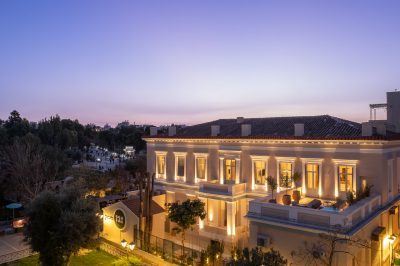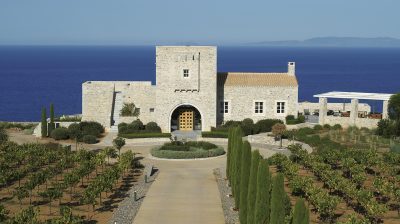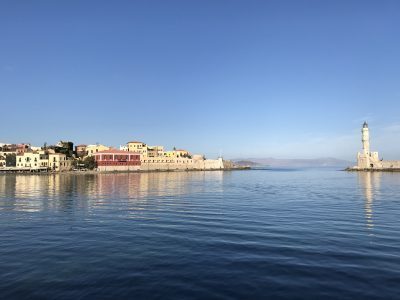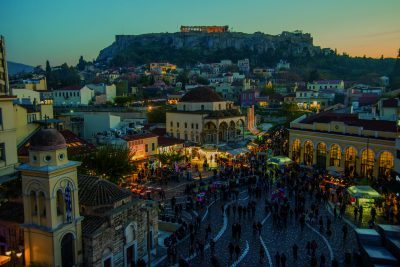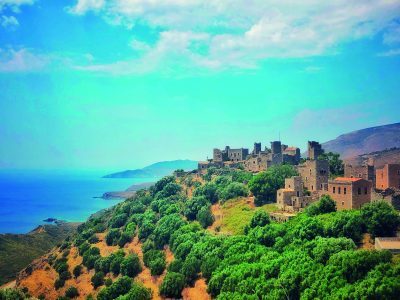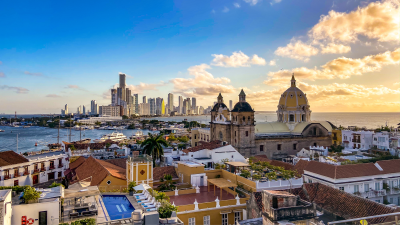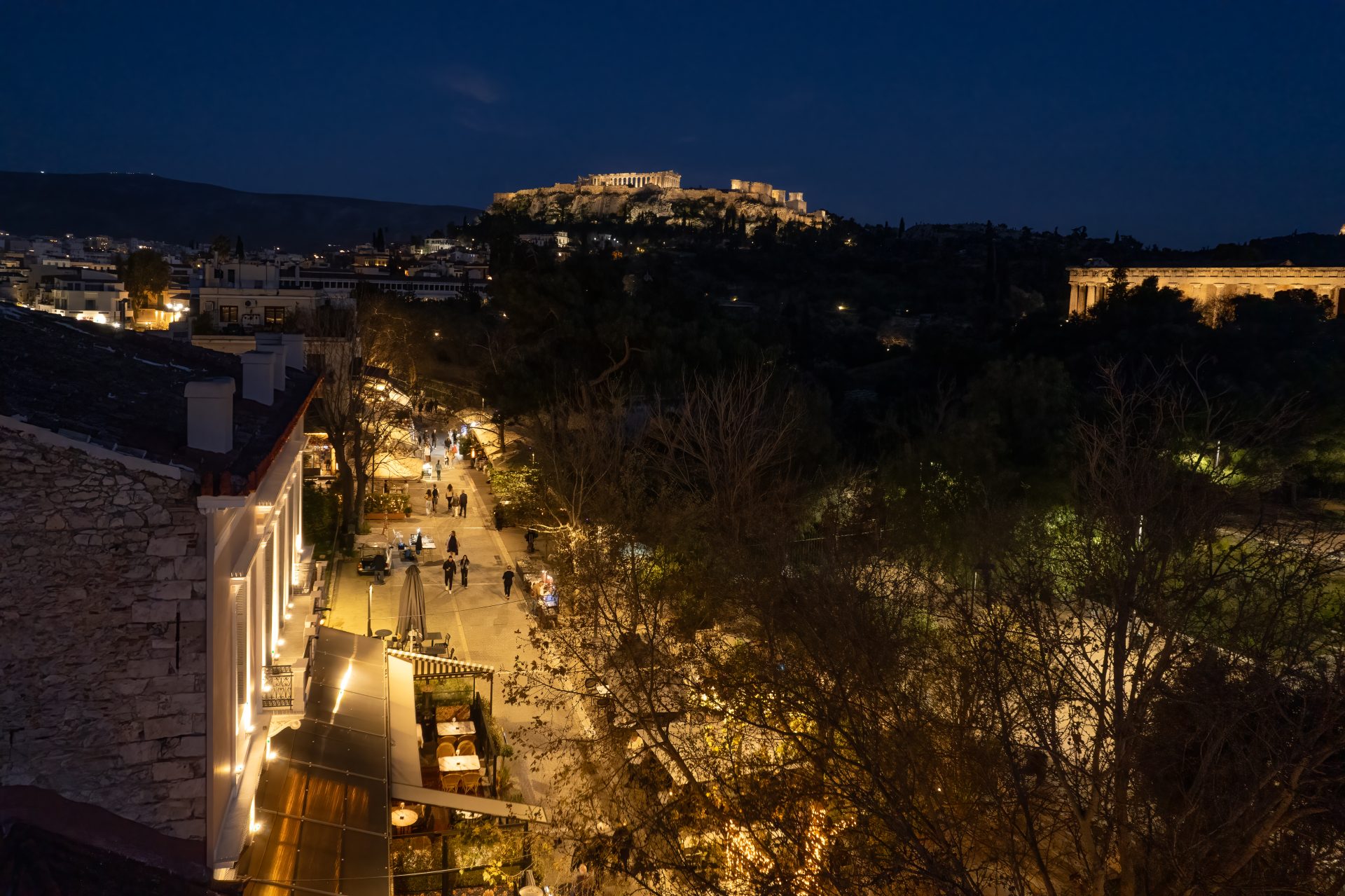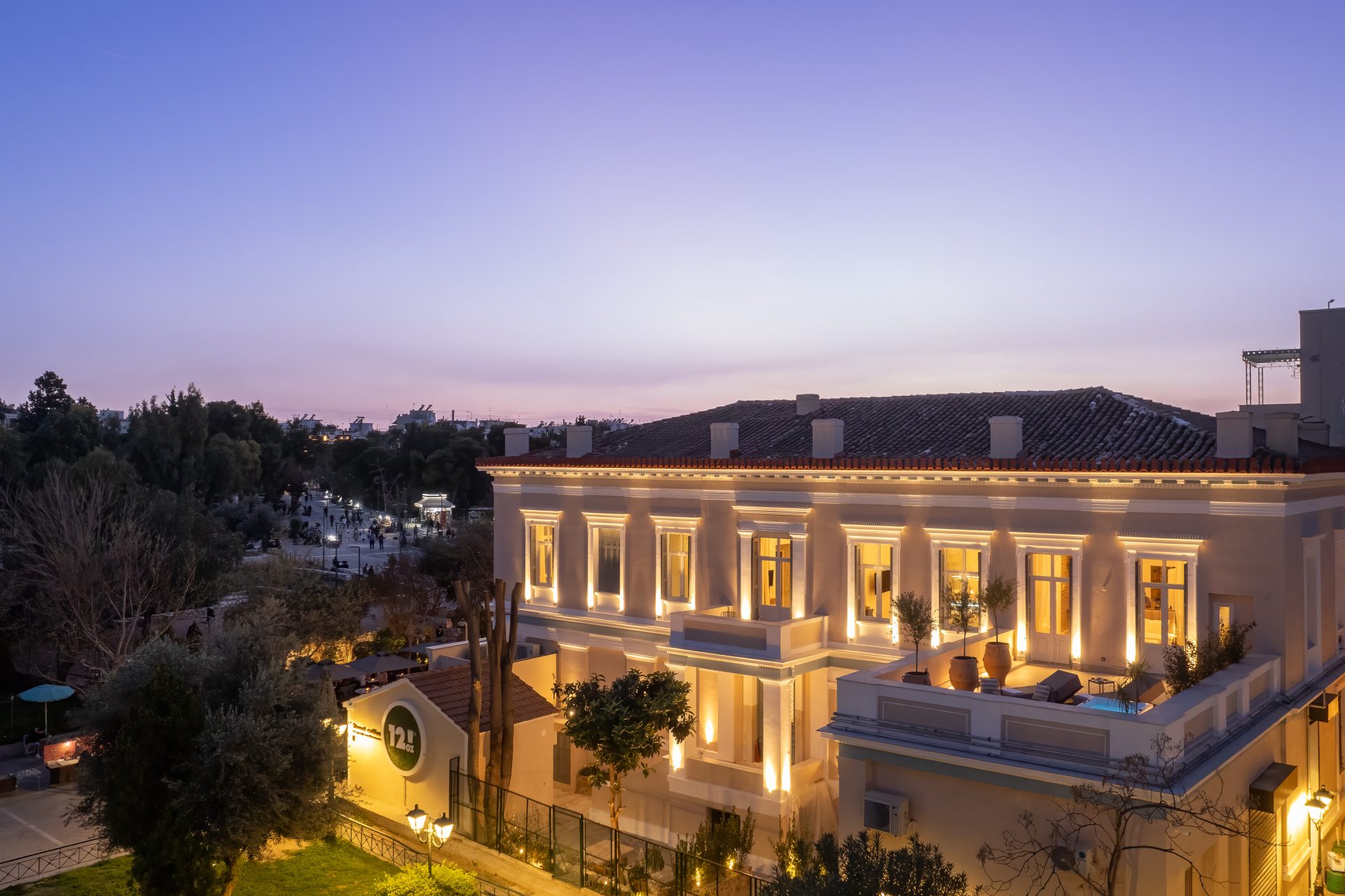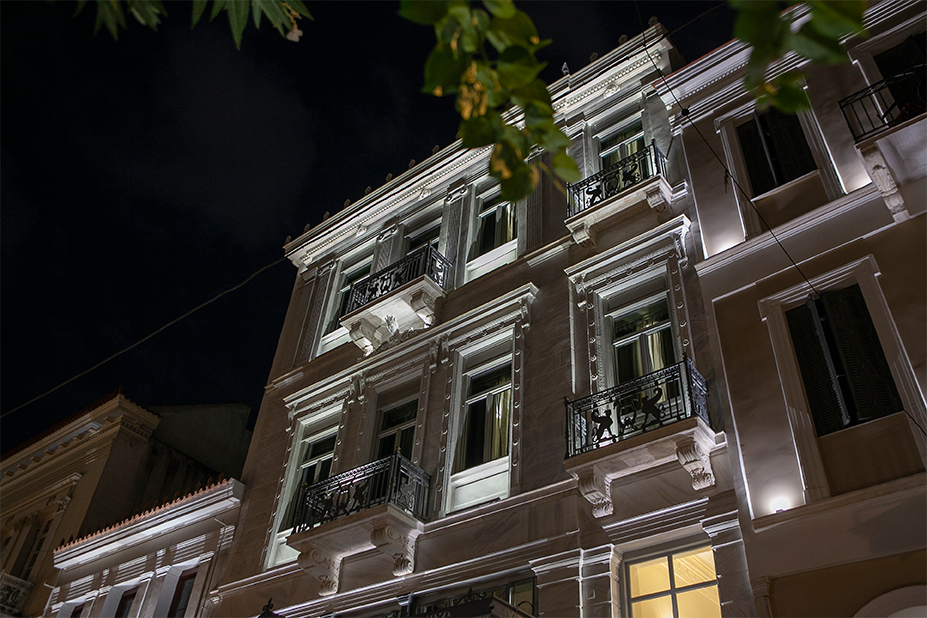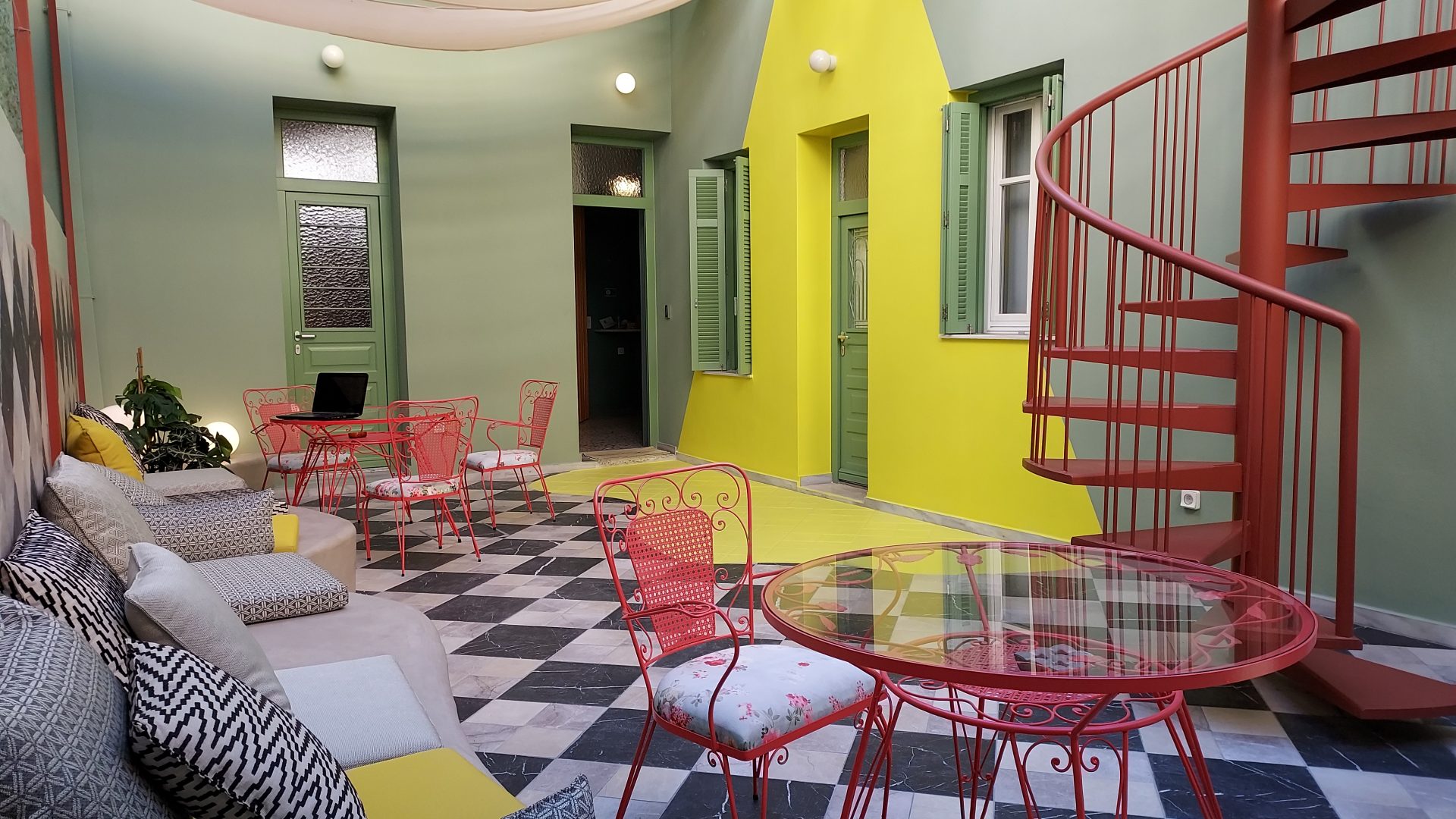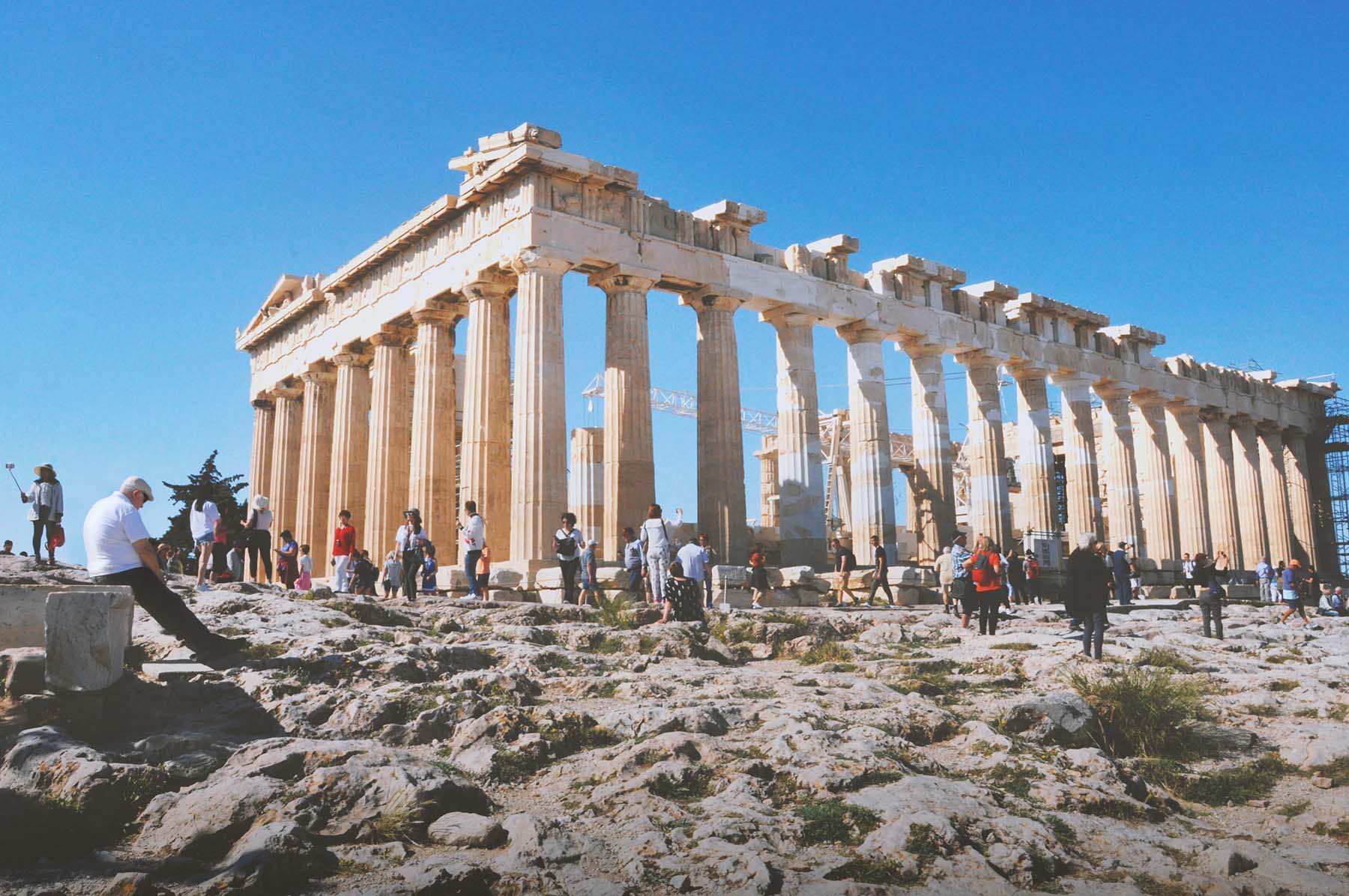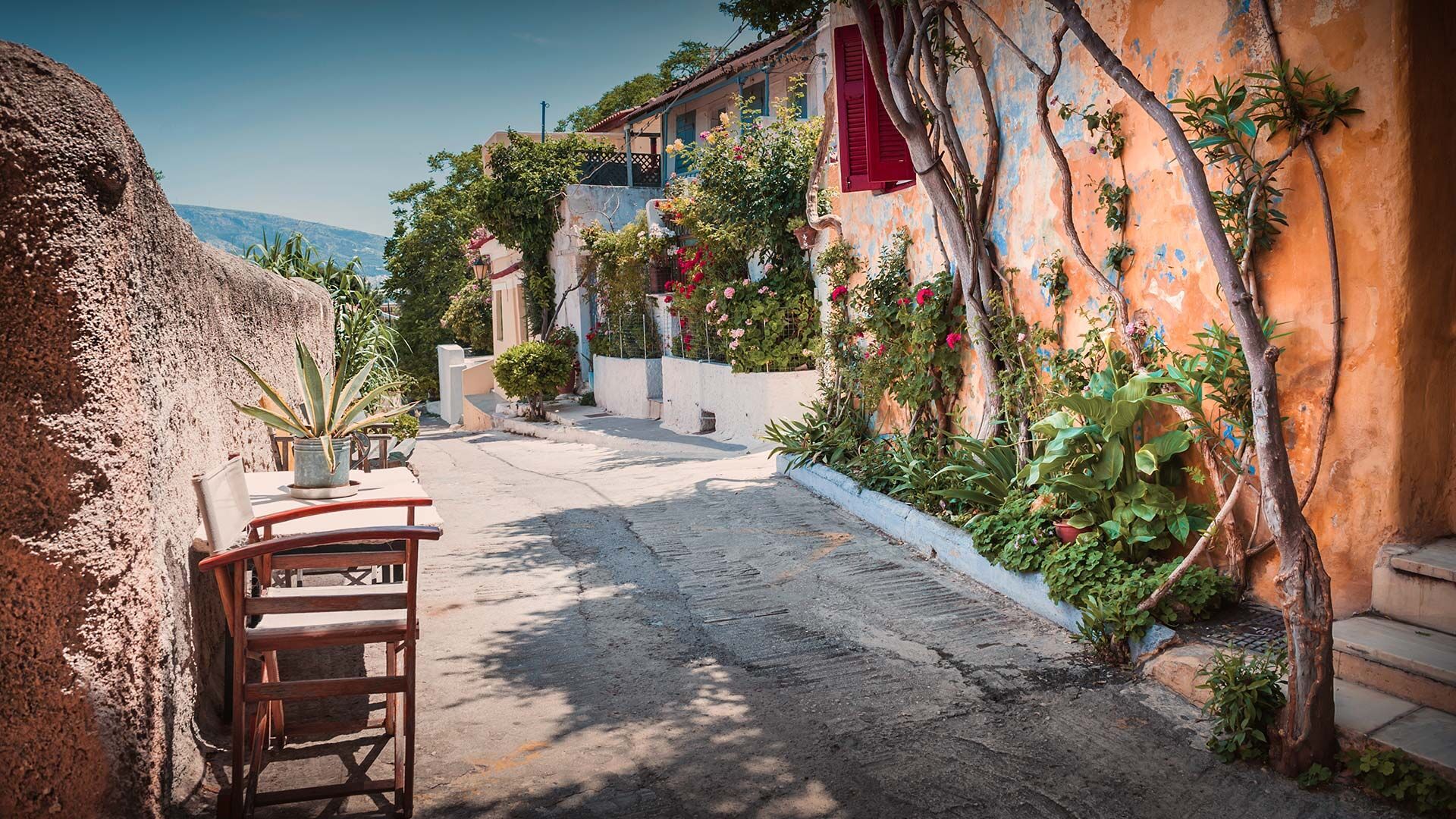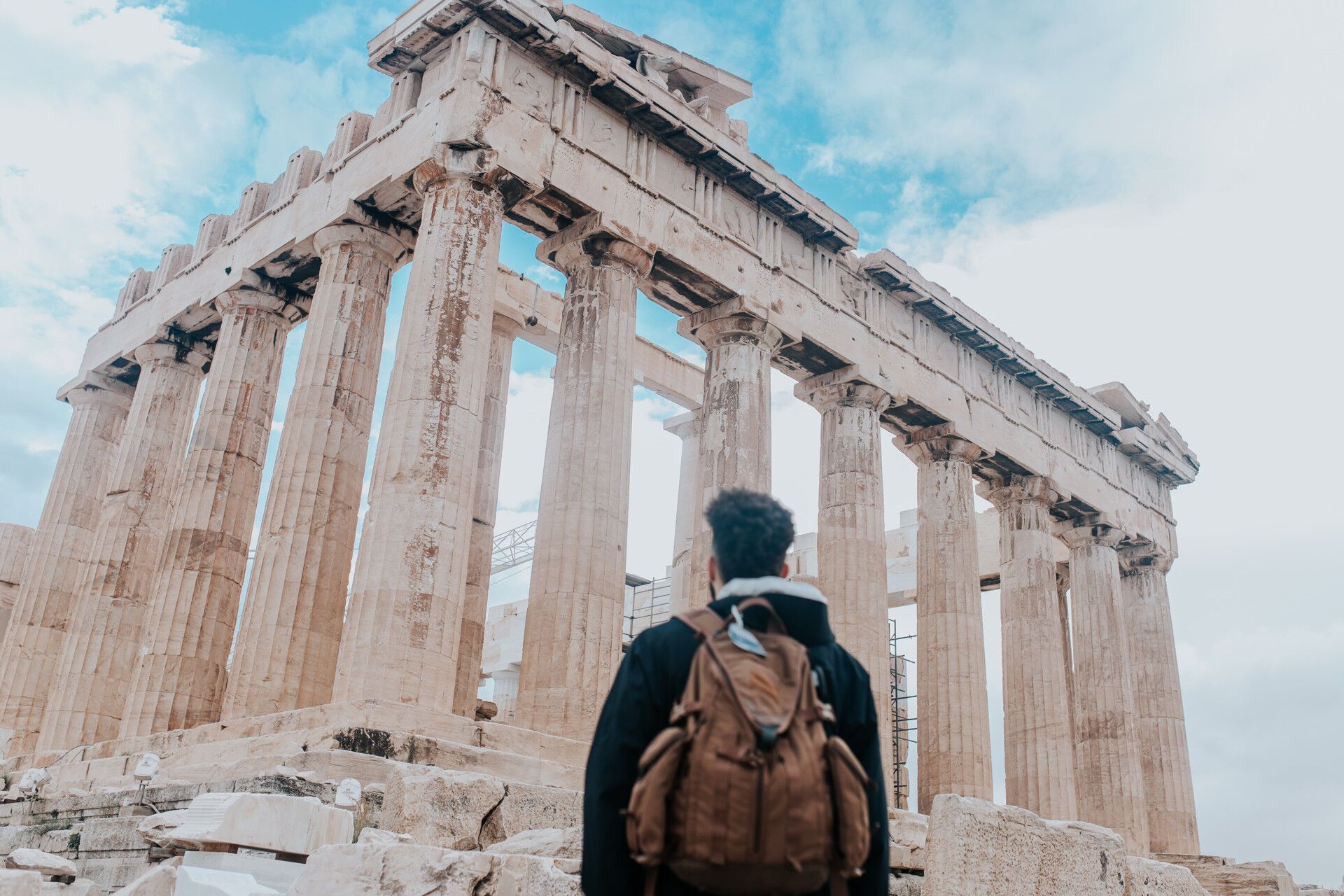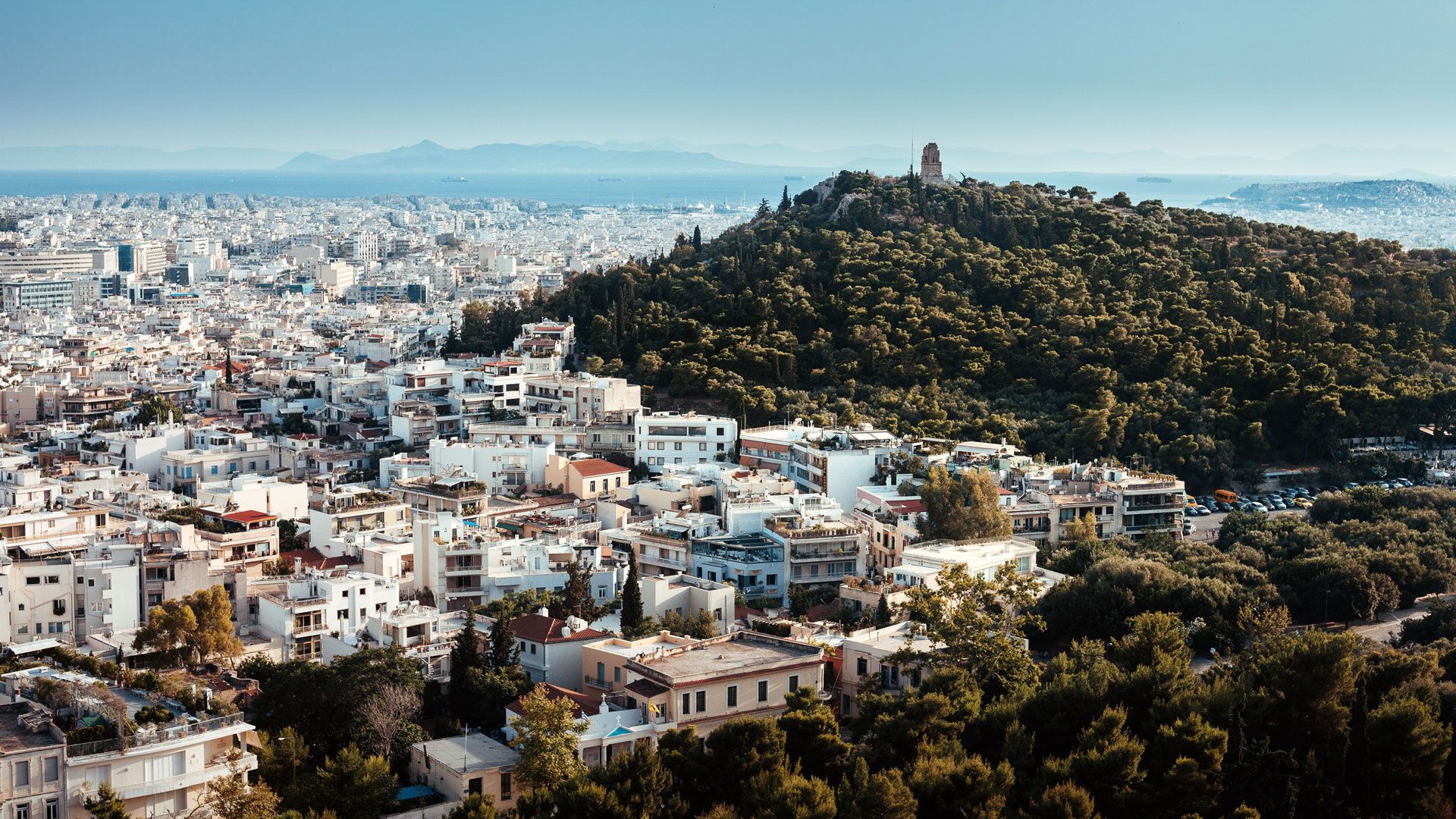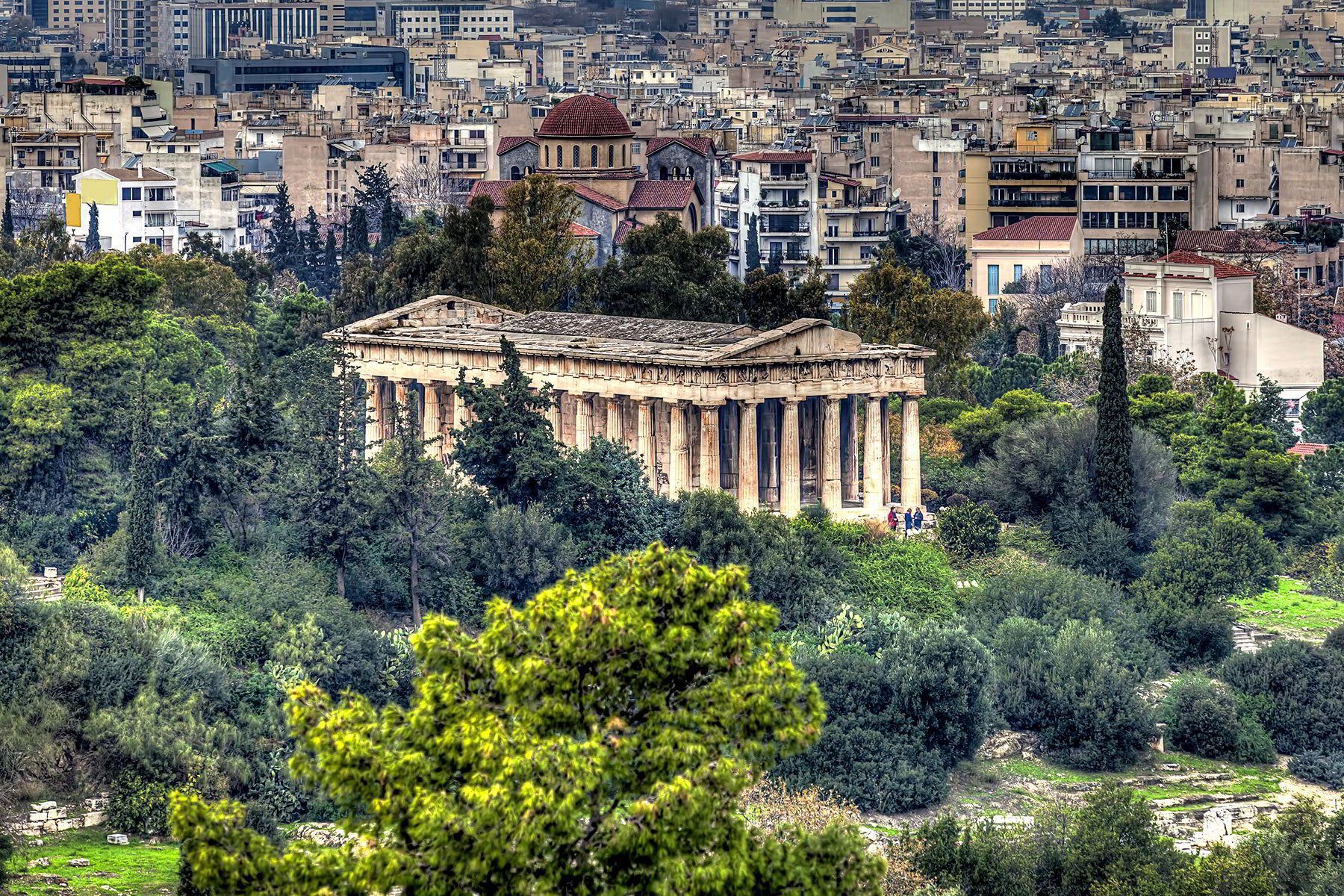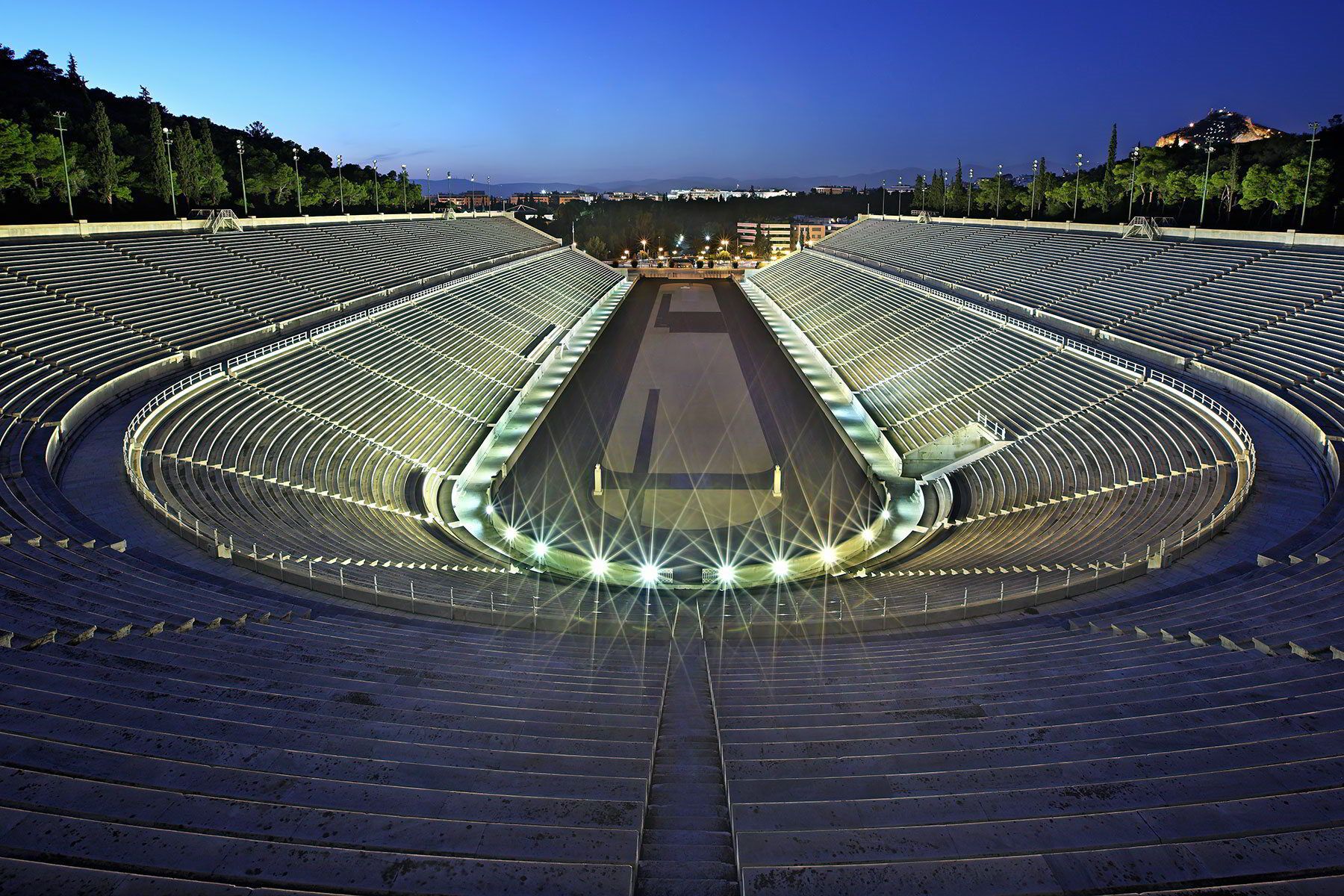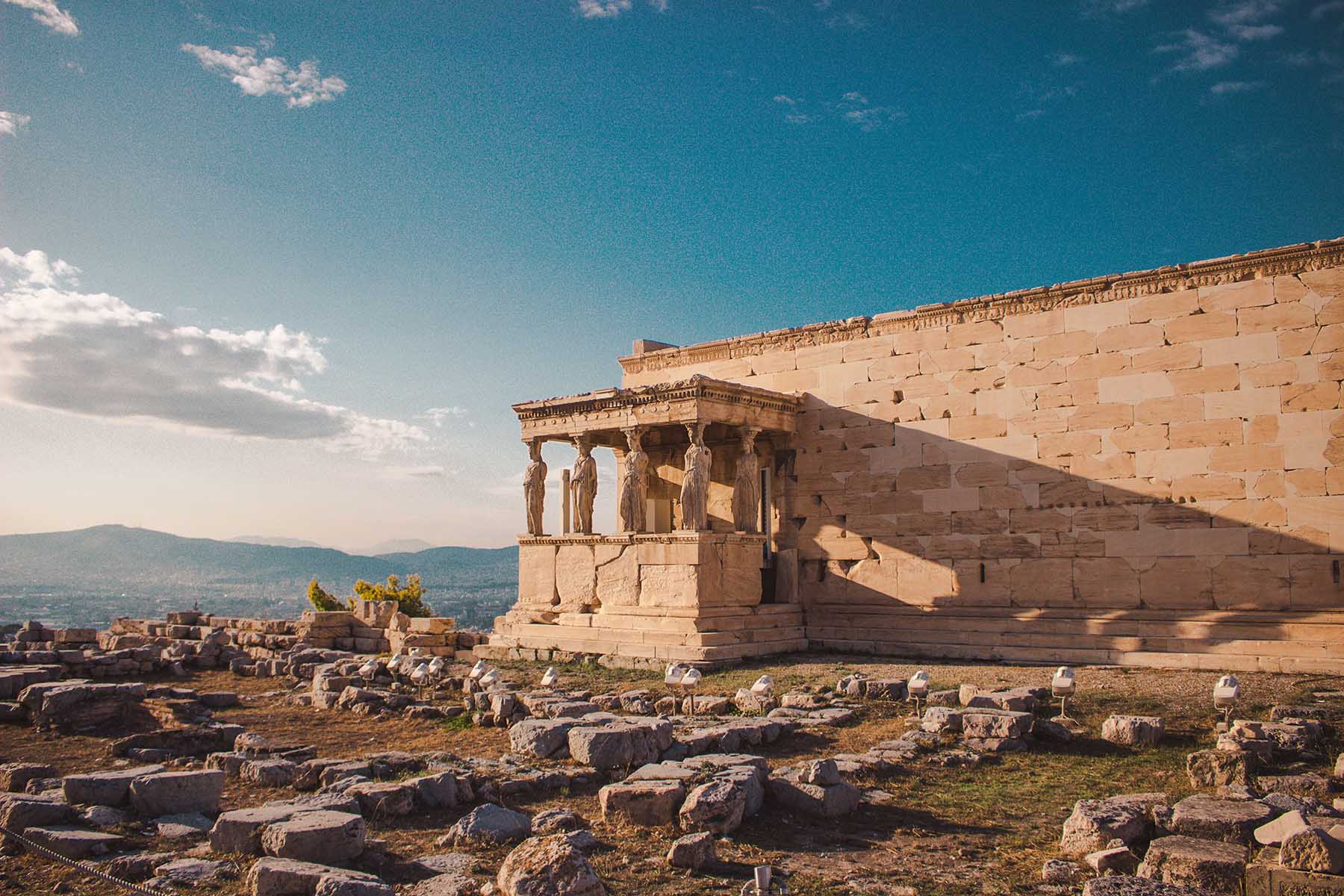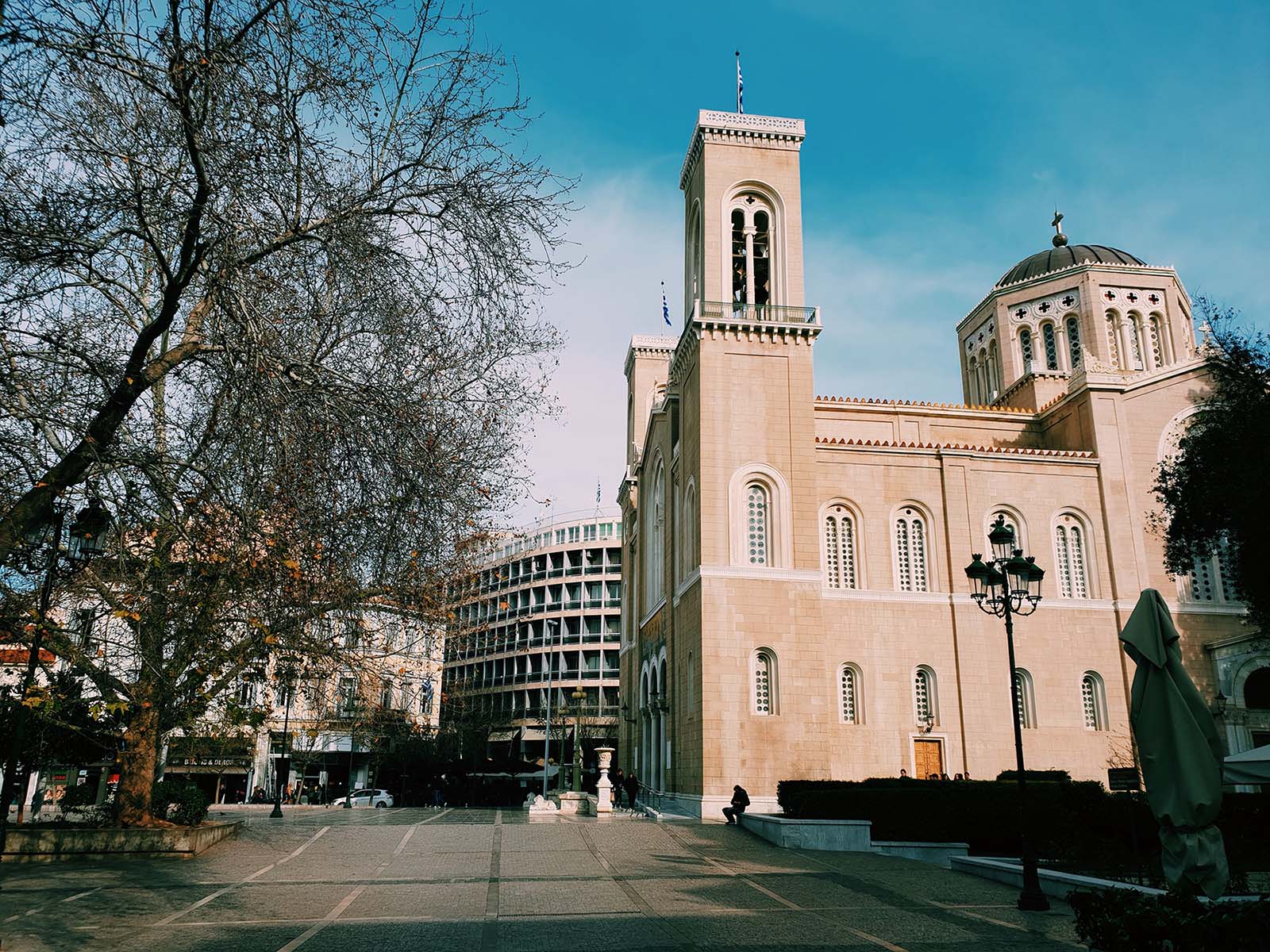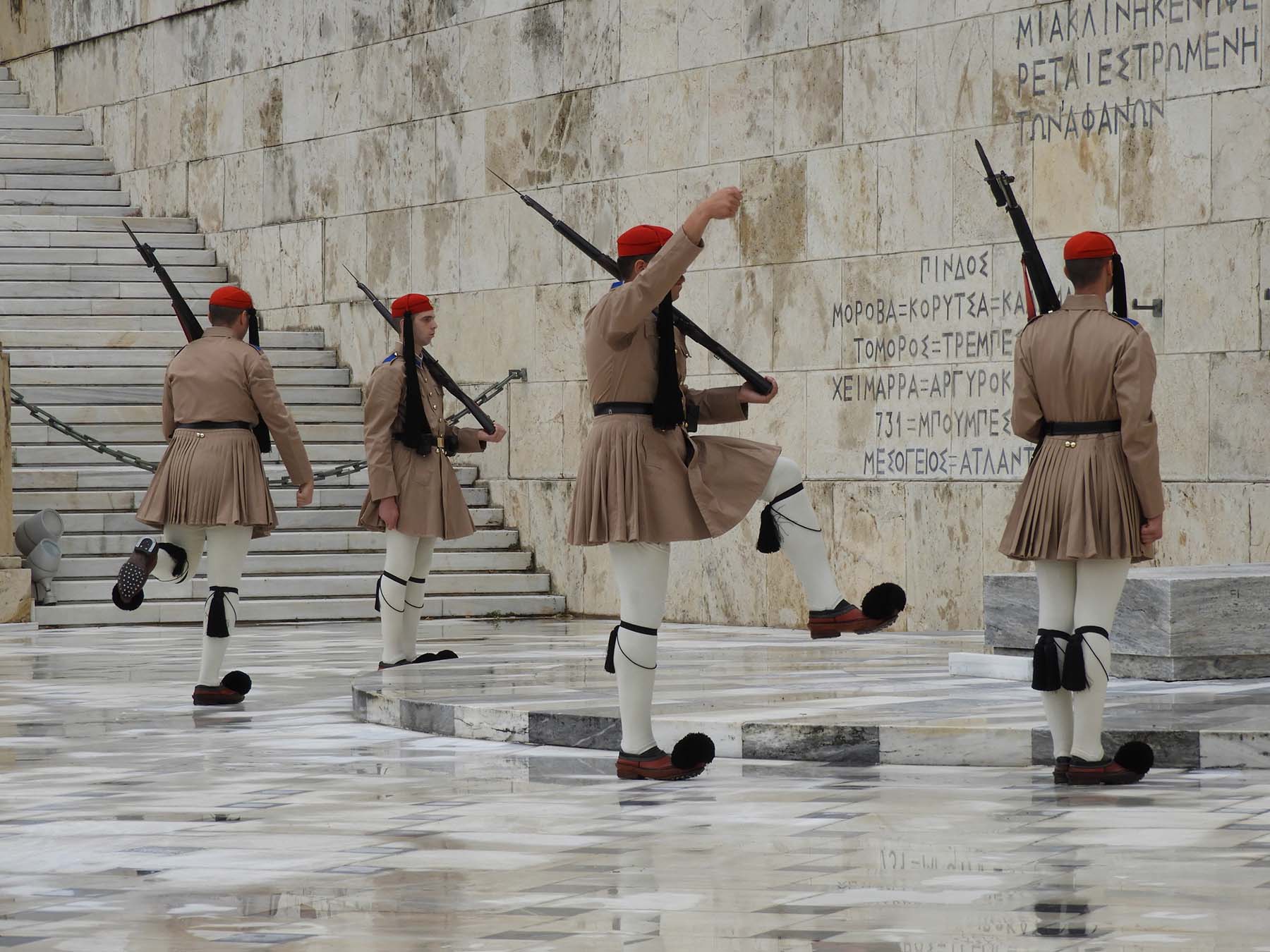Athens is one of the most historical cities in the world. The capital of Greece since 1834, it is one of the country’s larger urban developments with a history going back to the Neolithic age. During the 5th Century BC, also known as the ’The Golden Age of Pericles’, the city’s status and public values acquired global significance as democracy was officially born and adopted throughout the following years by governments around the world.
This historical heritage is still remarkably evident in and around the city’s dense centre in spite of vast modernization. Besides the instantly-recognisable landmark of Athens, the Parthenon, there are many Roman, Byzantine and Ottoman sites monuments to be found dating from the conquests and reigns of numerous emperors during the city’s long history.
The Acropolis of Athens and the medieval Daphni Monastery are listed as the UNESCO World Heritage Sites and blend in with modern landmarks including the Hellenic Parliament, the National Library of Greece, the National and Kapodistrian University of Athens and the Academy of Athens, with the latter three also known as the “architectural trilogy of Athens”.
Being such a historical and rich cultural hub, Athens could not be lacking in museums and cultural institutions. A few of them worth a visit include the Acropolis Museum, the Benaki Museum, the Museum of Cycladic Art, the Byzantine and Christian Museum and the National Archaeological Museum.
A major part of Athen’s historic centre has been converted into a pedestrian zone spanning 3-kilometres and making it the largest in Europe. In turn, this makes for breath-taking views of its major archaeological sites and a unique experience for visitors and residents in the city alike.
Around Acropolis
Starting from the Olympian Temple of Olympian Zeus (6th century B.C.) and Hadrian’s Arch (131 A.D.) which mark the entrance to the city, walk along Dionysou Areopaghitou Street to find the ancient Theatre of Dionysos (5th century B.C.). The ruins of the Asklepieion (5th century B.C.) and the Stoa of Eumenes (2nd century B.C.) follow, along with the Odeion of Herodes Atticus (161 A.D.) and up the hill to the magnificent Parthenon.
A short 300m walk from the sacred rock of Acropolis, there is the Acropolis Museum with over 4,000 priceless pieces from its own monuments, representing its history and function as the most important religious centre of ancient Athens.


